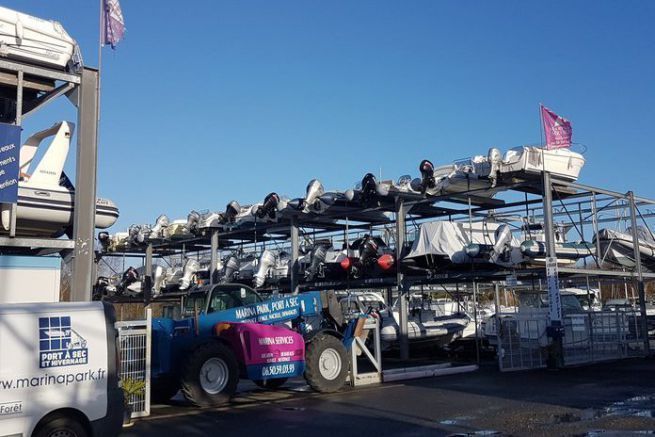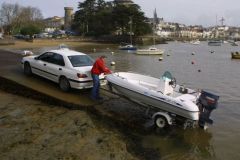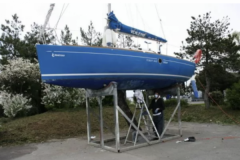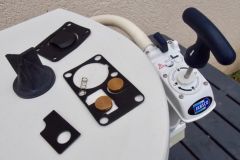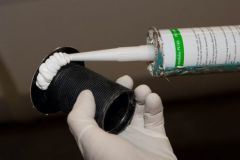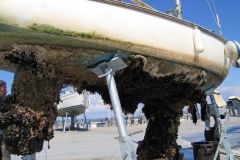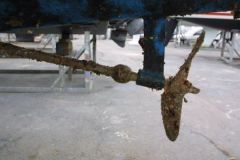Often carried out during the All Saints' Day vacations ‚euros end of October ‚euros wintering consists in taking your boat out of the water to store it during the winter period. It is also the occasion to do a big cleaning to prepare the return to the water which will often take place in spring.
Rack or ground storage
The Marina Park dry port of Port La ForÍt is rather specialized in small motor boats of less than 7 m without cabin. Each year, between 120 and 130 boats are stored: 90 on racks and the others on the ground. Sailing boats are mainly stored in this way, on berths in particular, but also motorboats on trailers.
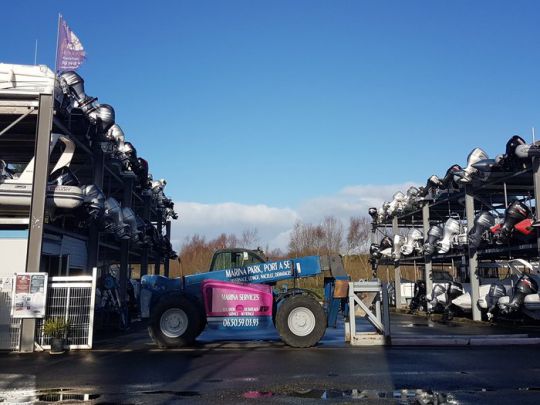
Winterization, for which type of boat?
Sylvie Louedec, the manager, explains: "I really advise getting your boat out of the water if possible, especially those that are not self-draining or don't have a bilge pump. If it rains too much, the water will tend to stagnate in the boat which can weigh it down and damage it. RIBs are better stored in the dry, especially those that do not have special antifouling .
In addition to the better preservation of her boat, dry storage offers other advantages. Sylvie adds: "The boat is protected from winter storms that can break the moorings and does not require regular checks on the pontoons."
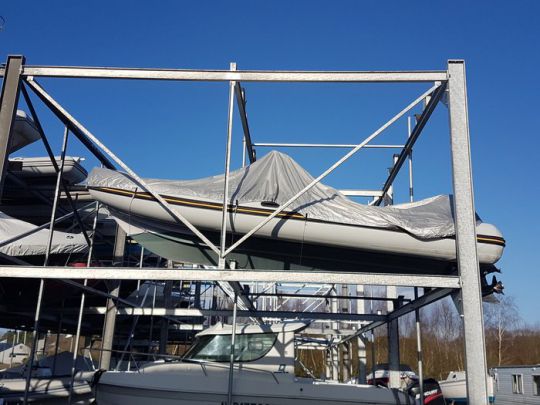
For larger units, water out at least once a year
If Sylvie advises to take her boat out of the water in winter, it is true that boaters with large boats or owners of a year-round berth are not used to it.
"From 10 to 12 m, we tend to leave our boat in the water all year round. It is therefore important to take it out at least once a year to maintain the hull and accessories, probe, propellers ... and remove shells from places where antifouling is less present."
In any case, Sylvie advises to scrape the hull every 5 years to remove all the excess antifouling, accumulated every year.
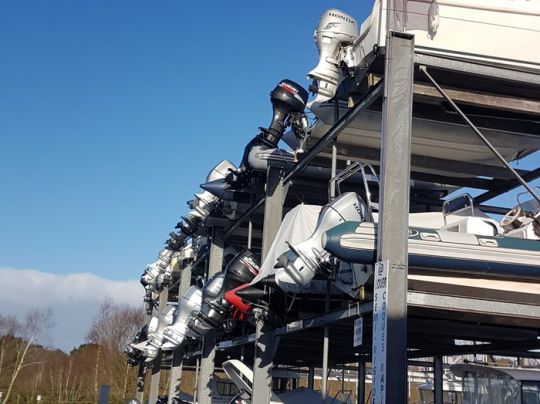
What does winterizing cost?
Taking your boat out of the water is not enough! Indeed, you have to do the maintenance ‚euros or have it done by the wintering yards ‚euros to prepare its return to the water in good weather. Sylvie lists the different steps of maintenance.
Empty your boat
- Remove all equipment on board, intended for leisure, safety and portable electronics, such as life jackets, VHF, fins...
- List and update safety inventory, verifying expiration date, wear‚euros¶
- Remove the saddlery, clean it and let it dry before storing it in a dry place.
The fairing
- Use the karcher to remove algae and shells
- Antifouling before launching
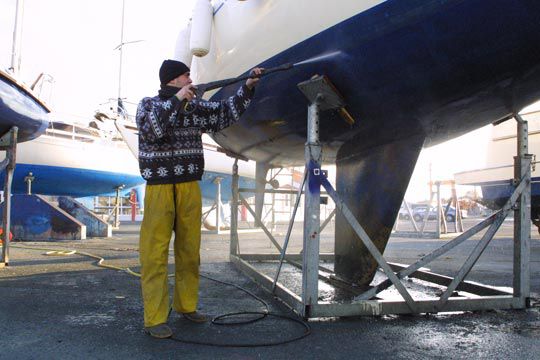
Routine maintenance
- Clean the deck, the lockers, the bilge, the anchor locker
- For RIBs, clean and degrease the floats
- For sailboats, remove the sails and rinse them before storing them in a dry place. Also clean the halyards and various ropes.
- Desalting the anchor ‚euros chain, anchor and rope ‚euros to remove algae and proceed to a visual inspection
- Remove and clean the covers, bimini, or other hoods
The cabin
- Clean and desalinate the cabin
- Winterize and control the toilets emptying the black water tanks, disconnecting the water supply, greasing the joints
- Drain the fresh water system
- Check the tightness of the windows
- Put at least one moisture absorber . If there are chemical models for about twenty euros, prefer electric models, especially for large units. An essential step to avoid finding your boat moldy when you put it back in the water
Mechanical and electrical maintenance
While it's best to contact a motor professional for winterization, there are a few steps that are easy to do and essential, especially if you don't overhaul your motor.
- Flush the engine
- Spray with anti-corrosion and grease
- Put a stabilizer in the gasoline so that it does not rot during the winter and avoid humidity
- Remove the hull plug to avoid stagnant water
- Disconnect the batteries if your bilge pump is not essential
Find out how to winterize your inboard engine and learn the right way to winterization of its outboard motor.
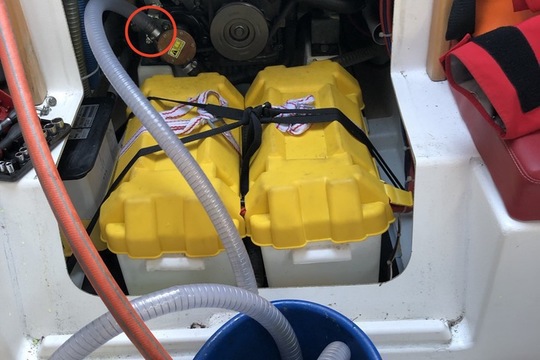
Aesthetics
- Dejuvenate the hull and deck
- Polishing the hull
- Take back gel-coat chips from the deck, hull or hull
- Sand and paint the base and propeller
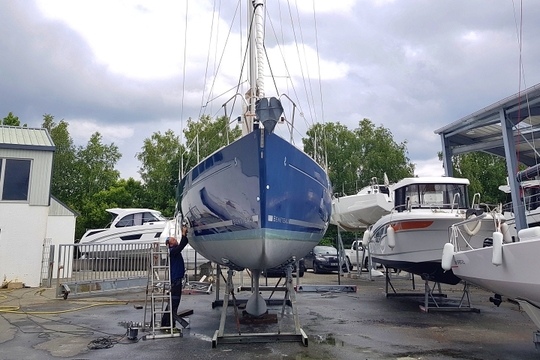
- Protect your boat from UV rays with a ‚euros cover which will have the disadvantage of being removed with the wind ‚euros or a heat-shrinkable tarpaulin.
Before the release of the water here are the essential elements to check on your motorboat .
